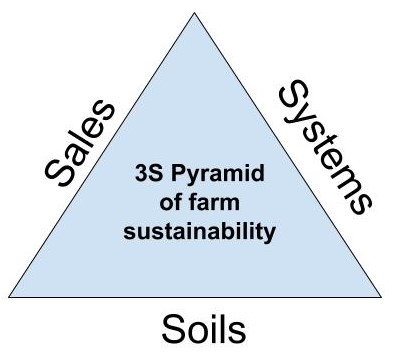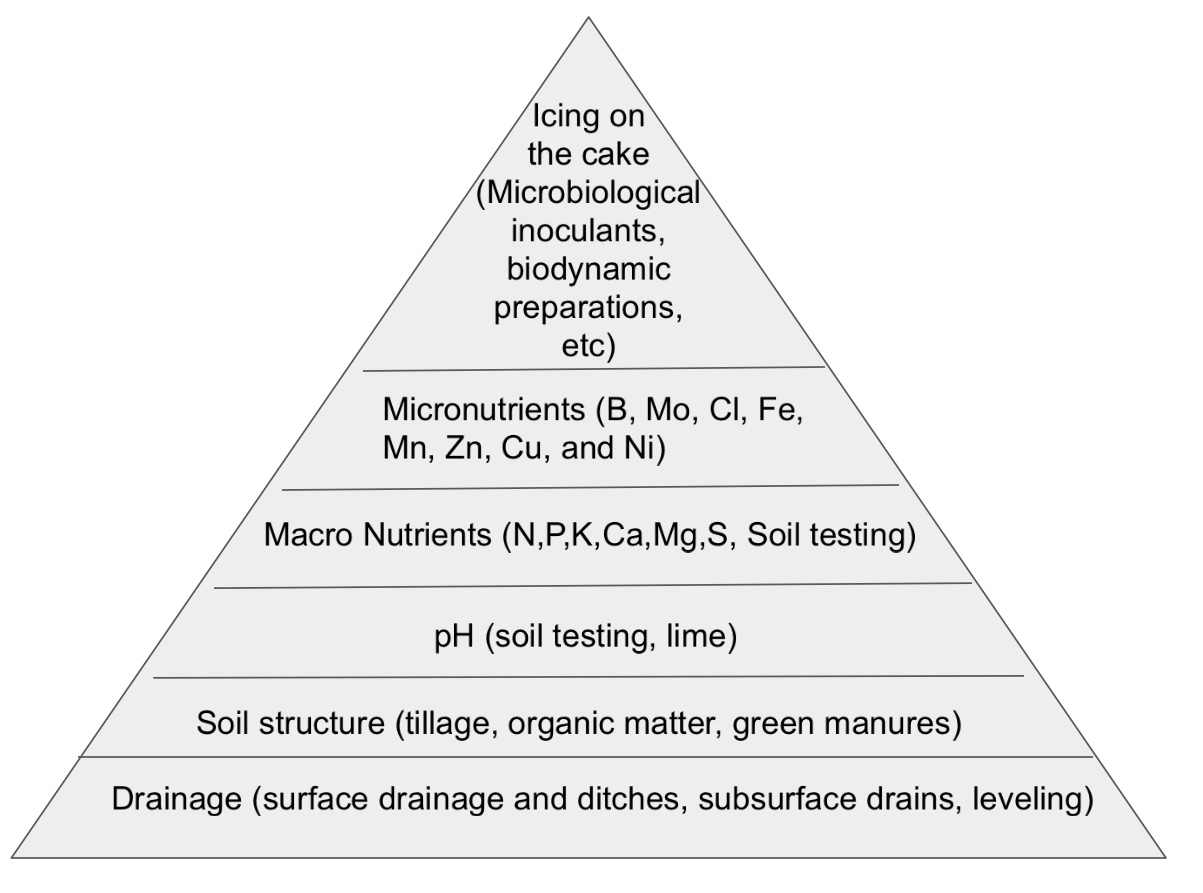Someone much wiser than I once said, “If you want better answers, ask better questions.”
I love this! What I get out of this is the importance of being aware of what criteria are we solving for. If we set out to solve for “how can I make at least the bare minimum amount of money I need to survive from the farm while working however many hours in order to get it ‘all’ done?”… then that is exactly what we will go about solving for.
What if we asked a more empowering question?
What if we put our mental abilities to work solving for more interesting parameters?
Organic farmers tend to be a very smart and innovative group of people. I have no doubt in our collective ability to find solutions to whatever ‘problem’ is before us.
- How can we earn a net income of 40-50K$ or more per farm owner while working less than 50 hours per week even in the summer?
- How can I earn a sustainable net income of XYZ$ from the farm? (What would this look like for you? Cost of living, travel, retirement planning, your kids education… How much would you love to be earning from your business?)
- How can we structure our farm so as to leave us feeling energized and available for the other areas of our lives?
- How can we find balance between work and personal life?
- How can we design a farm that does not depend on our presence to be operational?
- How can I run a kick-ass farm and still be emotionally available to my spouse and children?
- How can we take a 2 week family vacation in the middle of summer?
- How can we eliminate weeds from the farm?
- How can our farming practices be not only sustainable but regenerative?
- How can we farm without relying on industrial animal manures for fertility (ie pelleted chicken manure… aka Acti-Sol)?
- How can we create long term, fulfilling, well paid employment opportunities on our farm?
Now it’s up to you! What questions would you LOVE to focus your attention on?
Looking at this list, I find several questions that seem impossible to me. I wonder, “Am I being realistic? Am I setting the bar too high?”
The motivational speaker part of me (ahah, “part of me” = monkey mind symptom of fragmentation) says “hell no! Set the bar high and surprise yourself with what is possible. Every great discovery has come from the realm of the unimaginable… the unfeasible. Shoot for the stars, even if you don’t make it you’ll get to the moon”
The other part of me is saying “Don’t set yourself up for stress and overwhelm”
The thing is, I am grateful to be able to see this last paragraph as a monkey mind fest. The potential for feeling overwhelmed is always present regardless of what questions I am trying to solve… there is absolutely nothing about setting the bar low that guarantees less stress. The key is that regardless of what our goals are, we need to have the ability to release our dreams to the universe. To dream and envision an outcome while simultaneously accepting the present moment exactly as it is. Carl Jung reminds us that living with paradox is a fantastic part of the human experience.
Go on! Make a ruckus!
What empowering questions are you interested in solving?

